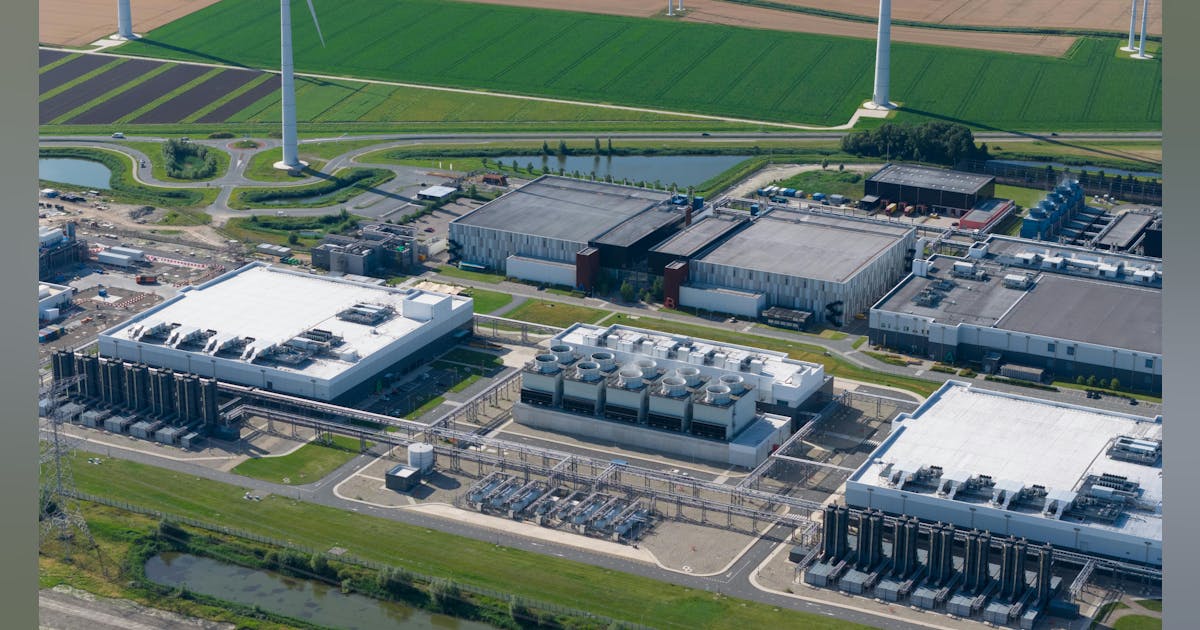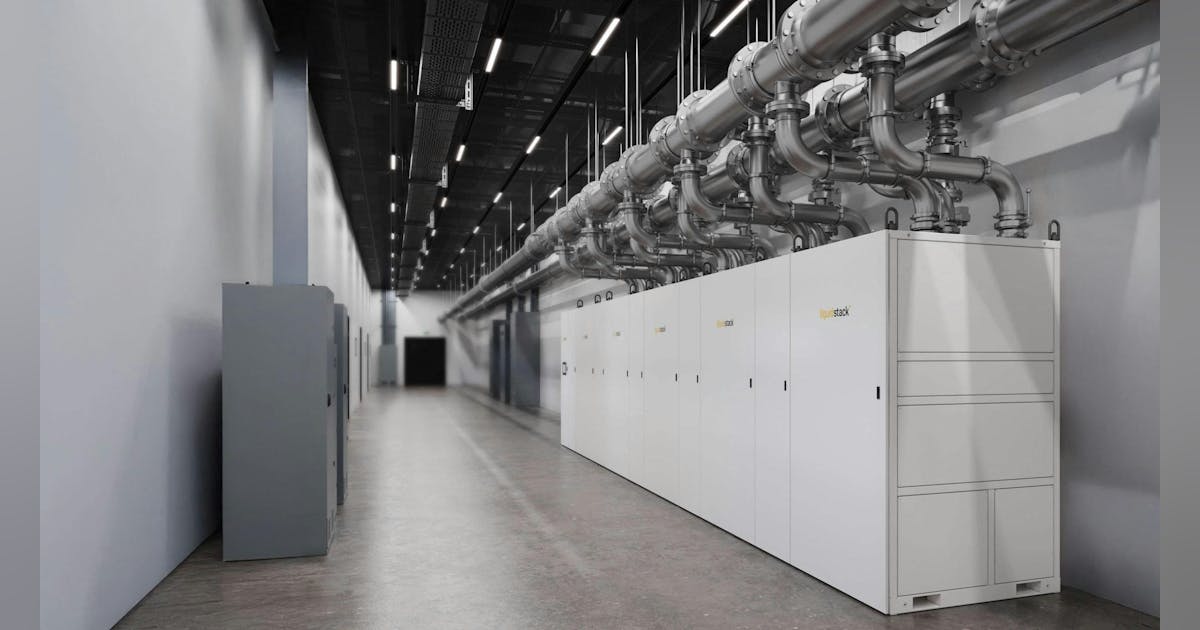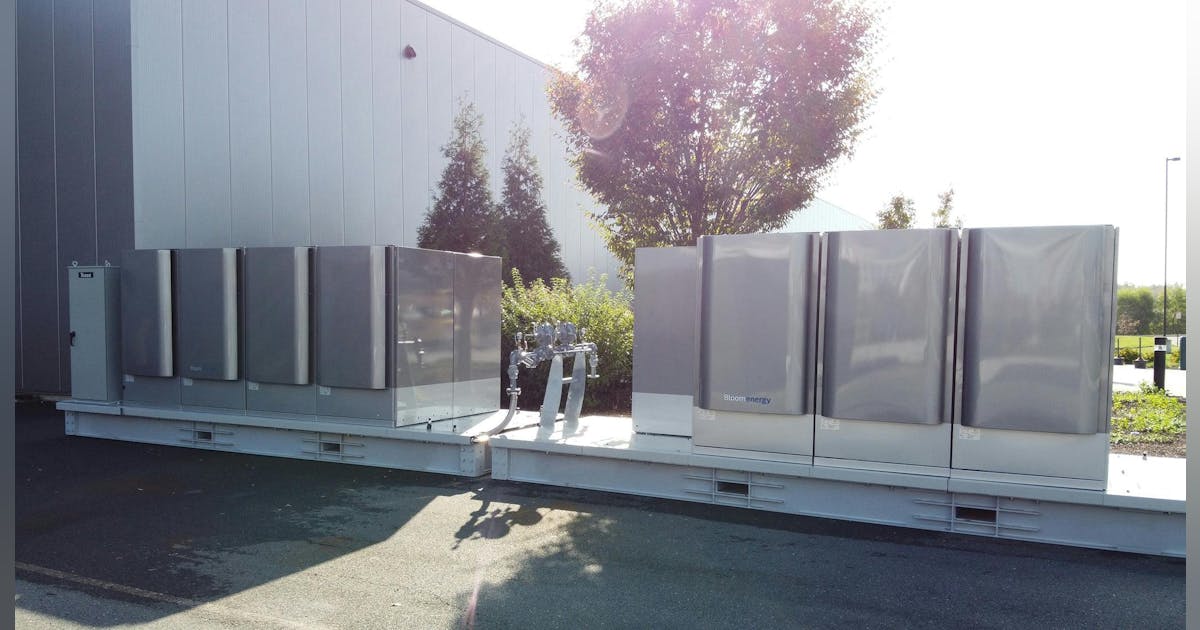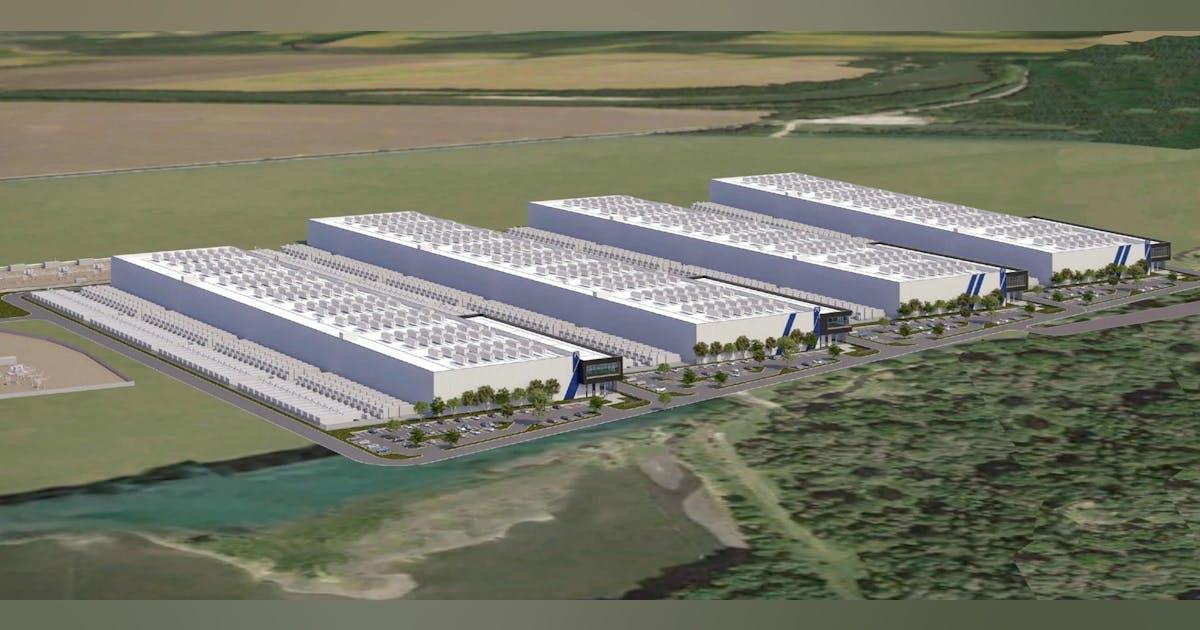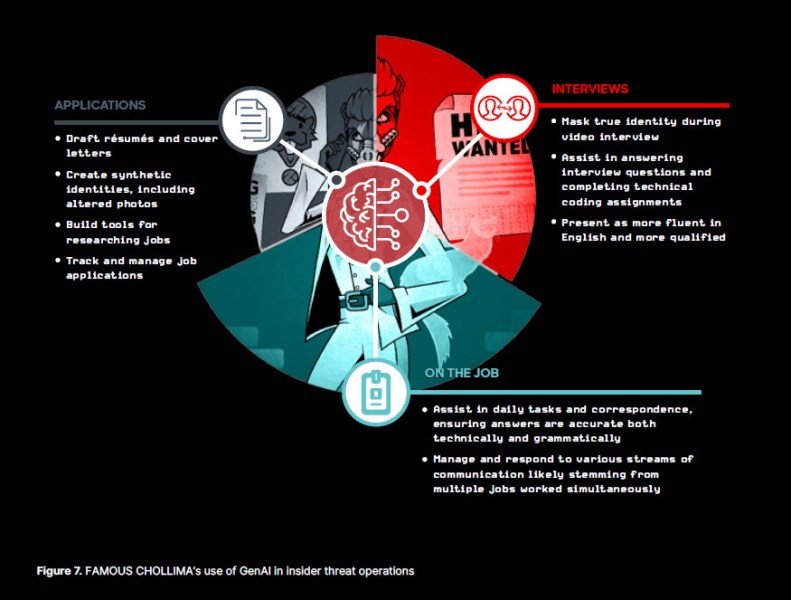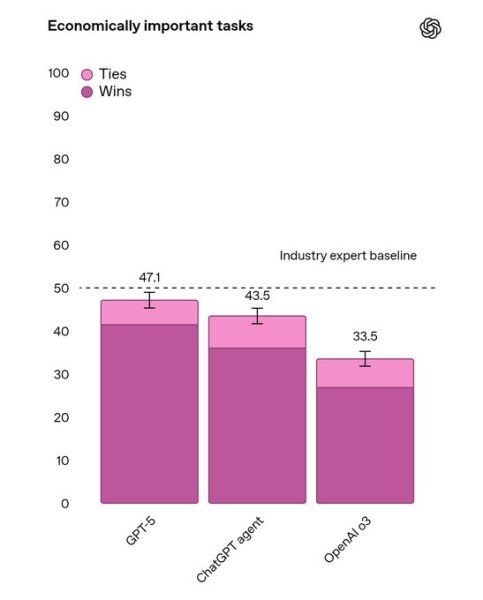
Dive Brief:
- Pacific Gas & Electric intends to award up to $43 million in grants for community microgrid projects in Northern California, the gas and electric utility said on March 26.
- Issued under California’s Microgrid Incentive Program, a $200 million statewide competitive grant program, the funds will support projects serving nearly 9,000 customers in Humboldt, Lake and Marin counties. Four of the projects are in tribal communities, PG&E said.
- Also this week, distributed energy provider Sunrun announced a “first-of-its-kind program” with PG&E to harness approximately 600 home solar-and-storage systems to provide “targeted load relief to neighborhoods identified with highly constrained electric grids,” potentially avoiding or deferring distribution grid investments.
Dive Insight:
In 2023, the California Public Utilities Commission approved $200 million in funding for the Microgrid Incentive Program, including $79.2 million for PG&E, $83.3 million for Southern California Edison and $17.5 million for San Diego Gas & Electric.
The nine awards announced March 26 represent the first tranche of PG&E’s MIP grants, selected from a pool of 22 applicants. Applications for the second tranche open on April 3 and run through May 30, PG&E said.
First-tranche projects will receive a combined $34 million for front-of-the-meter generating resources and other project costs, plus $1 million each to cover grid interconnection costs, the utility said.
Eligible microgrid projects must be able to provide at least 24 consecutive hours of energy in “island mode,” interconnect on distribution lines at or below 50 kV, and have “island mode” emissions no greater than the surrounding grid, according to a PG&E fact sheet. Projects must also be located in areas vulnerable to outages due to high wildfire or earthquake risk or lower historical reliability, and serve “disadvantaged or vulnerable communities” in rural, tribal or low-income areas.
The awardees will join several active microgrids in Northern and Central California, such as the Redwood Coast Airport and Blue Lake Rancheria microgrids in Humboldt County, PG&E North Coast Region Vice President Dave Canny said in a statement.
“These microgrids have now been active for several years, providing resilience and low-carbon energy to some of our most vulnerable communities,” Canny said.
The nine new microgrid awardees will use a range of low-emissions generation resources, including solar, batteries, small hydroelectric, pumped hydroelectric storage and biomass, PG&E said.
Meanwhile, Sunrun’s Local PeakShift Power program will run for up to 100 hours from June through October of this year as part of PG&E’s 2025 Seasonal Aggregation of Versatile Energy, or SAVE, virtual power plant, Sunrun said Monday. It is the second VPP collaboration between Sunrun and PG&E, following an 8,500-customer pilot last summer.
The program includes about 600 Sunrun and PG&E residential customers in areas experiencing distribution grid constraints, Sunrun said. Participating customers receive a one-time, $150 payment per battery, with Sunrun receiving compensation for managing dispatch, it said.
Data gathered through the program will inform the development of longer-term load-shifting programs while improving local reliability, Sunrun said.
Sunrun’s battery attachment rate jumped from 18% to 54% between the second quarter of 2023 and the second quarter of 2024, then rose to 62% in the fourth quarter of 2024, according to company data.
California’s NEM 3.0 net metering tariff, which is significantly less generous for solar-only customers than the tariff it replaced in 2023, helped drive the shift, Lawrence Berkeley National Laboratory said in May. Sunrun CEO Mary Powell told investors in August that the company would pursue a “storage-first strategy” to expand opportunities for its systems to participate in future virtual power plant programs.











